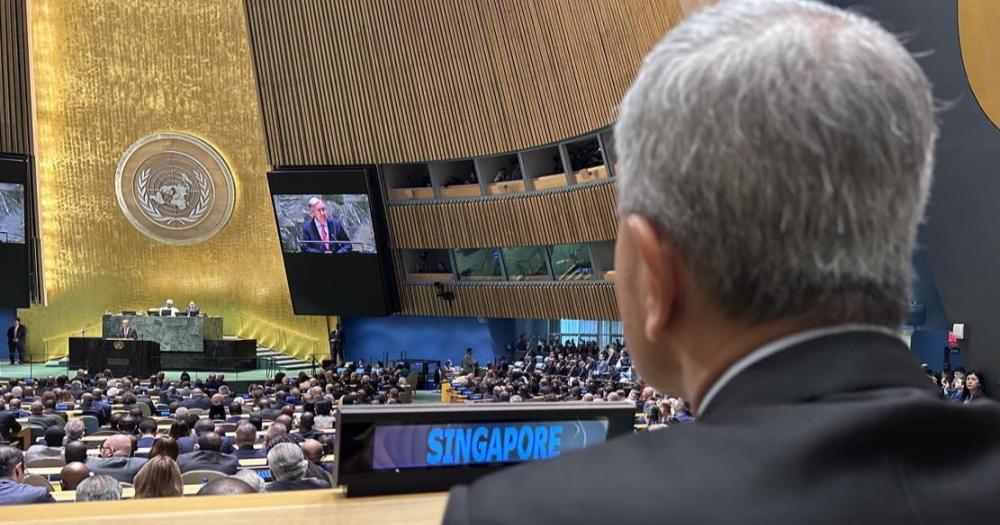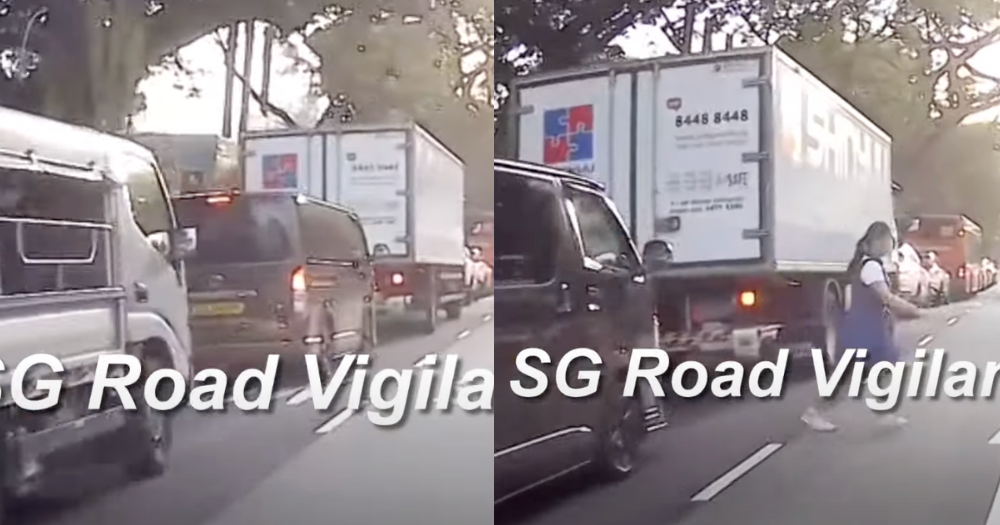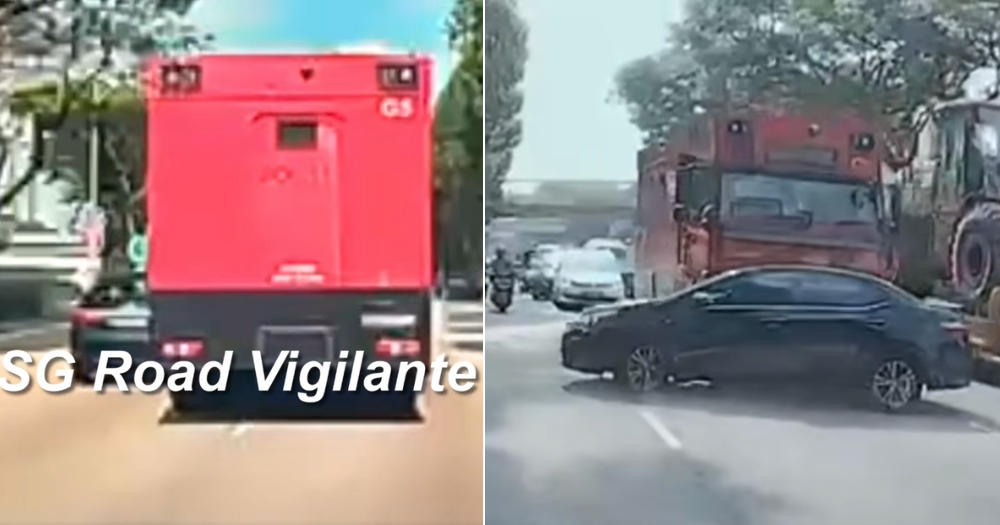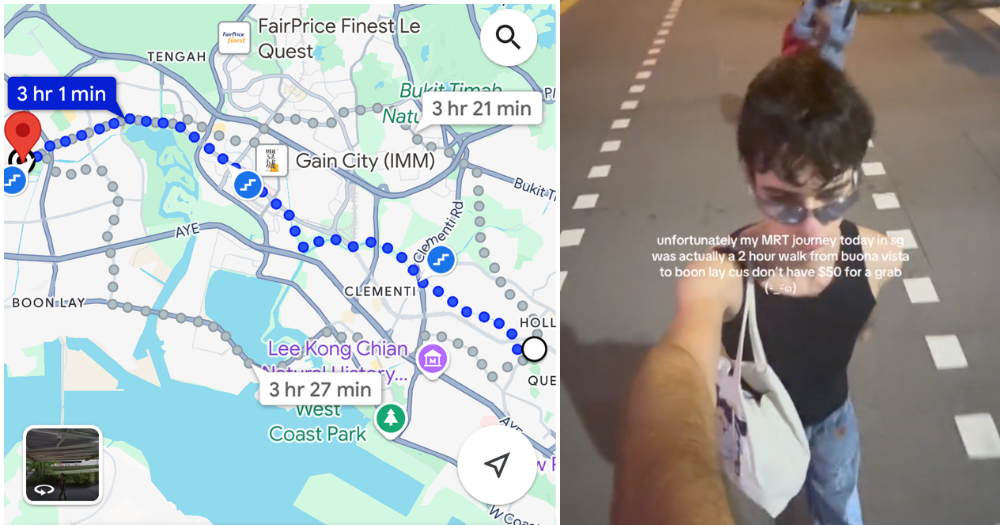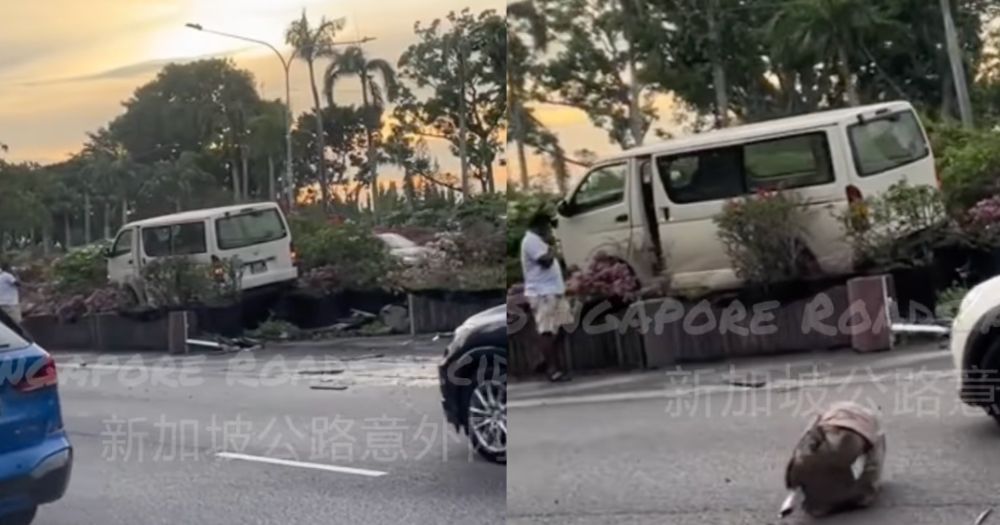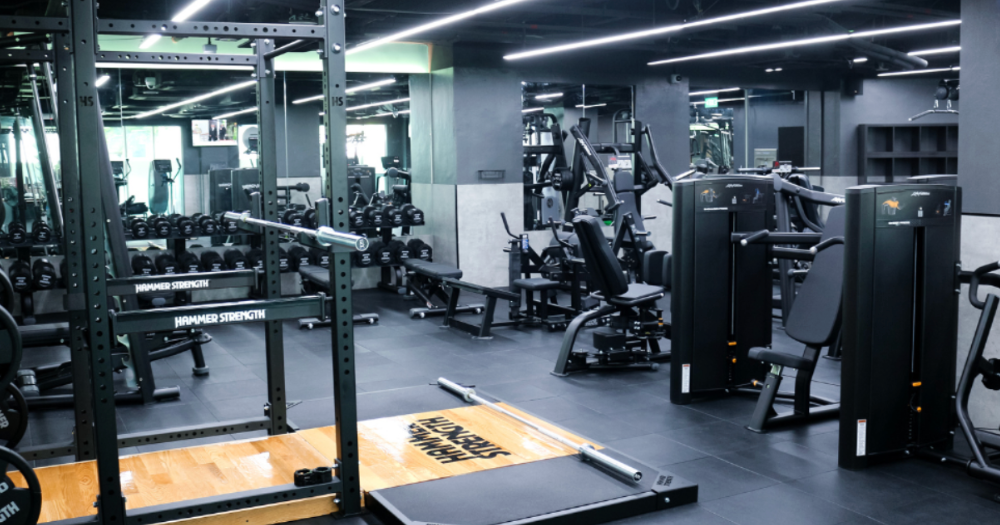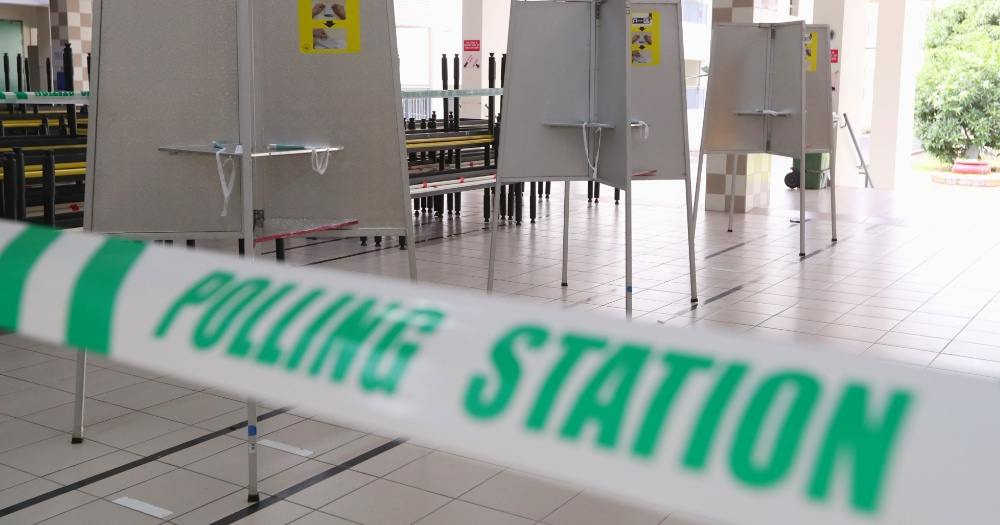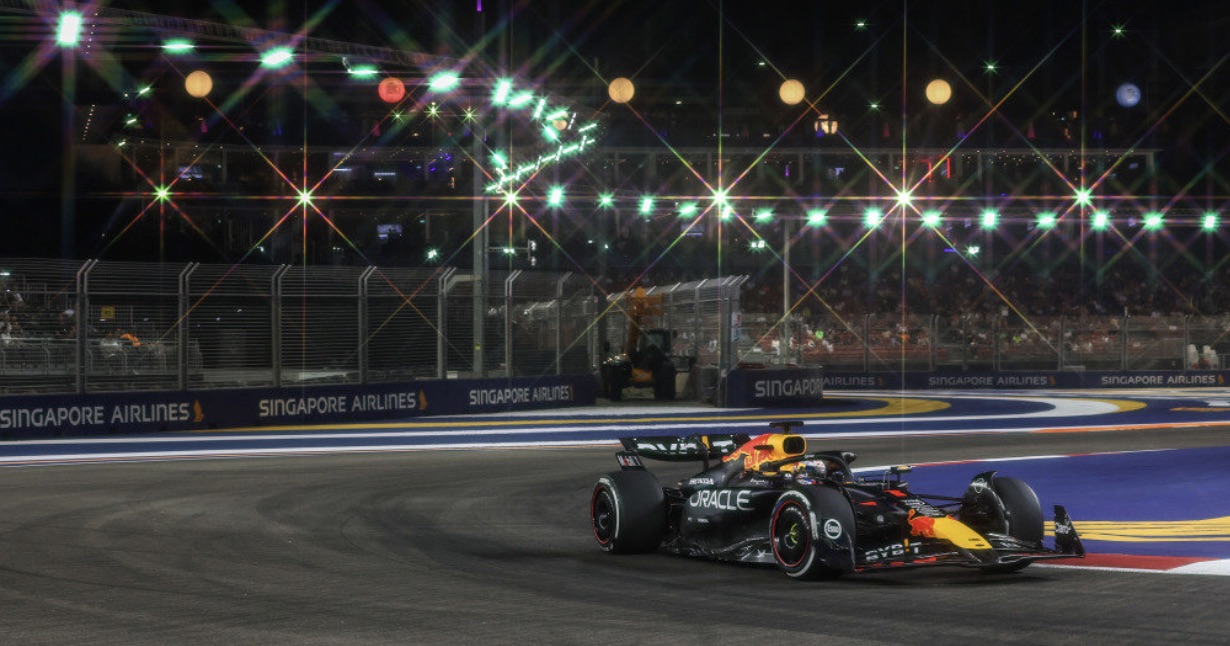
Are you new to Formula 1 (F1) or watching the Singapore Grand Prix (GP) for the first time?
The Singapore Grand Prix is F1's inaugural night race, and the Marina Bay Street Circuit is the first street circuit in Asia designed for F1 races.
With tight, winding corners, scorching hot temperatures, and blinding night lights, it's an unforgiving track that poses unique challenges to the drivers.
For one, it's hard for drivers to overtake due to the narrow track and lack of straights.
Qualifying well on Saturday, therefore, makes all the difference.
This means McLaren driver Lando Norris stands a high chance to win as he clinched the pole position in the Grand Prix 2024.
So, how can teams and drivers strategise to outsmart their competitors?
Here's a simple guide on what factors to look out for during the race which might change the final order:
Tyre degradation
Tyre degradation is the backbone of all race strategy.
F1 tyre manufacturer Pirelli will field three different compounds of tyres each race.
During the Singapore GP, F1 confirmed that they will be bringing their three softest dry compounds to the Marina Bay Street Circuit.
What impacts tyre degradation?
Singapore's hot temperatures cause tyres to overheat and, therefore, degrade faster.
Corners will also cause tyres to wear out at different rates. For example, left turns can cause tyres on the right to wear out faster, and vice versa. Front tyres can also wear differently than rear tyres.
High-speed corners also cause greater tyre wear. The Marina Bay Street Circuit has 19 corners in total.
Wheel-to-wheel combat and trailing in 'dirty air' – produced when two cars are cornering and the car in front disrupts the air flow, causing the car behind to lose performance – also affect tire wear.
Locking up, which is similar to drifting or skidding, can cause tyres to flat spot.
This means that the rubber from the section of the tyre in contact with the road is shaved off, and the tyre is no longer a perfect circle.
Think of it as using a circular eraser to erase pencil marks. The part of the eraser used will be shaved off.
This can cause a bumpy feeling when driving, and contributes to degradation.
What happens when tyres are too degraded?
Tires can spontaneously burst if they become too degraded.
Although some heat in tyres is essential for grip, too much heat can cause tyres to overheat.
Overtaking is also easier on fresher tyres, which have more grip in them.
What can teams do?
Teams will need to strategically plan their pit stops to ensure that drivers have enough "life" in their tyres to last until the end of the race and to overtake or defend from other drivers.
Drivers will need to manage their tyres through corners and ensure that no one tyre is severely degraded.
Pitstops
Pitstops are typically a fan's gateway into the sport.
Even though you might not have watched a full race, you have probably seen teams perform impossibly fast feats of teamwork.
Typically, a good pitstop is completed in under three seconds.
The pit lane speed limit has also been reduced from 80 km/h to 60 km/h, meaning any tyre change in the race will see a longer time for our drivers not running at full racing speeds.
Two strategies that rely on timing pitstops are the overcut and undercut.
Overcut
The overcut is where drivers "overtake" by staying out after other drivers pit.
By being faster on old but heated tyres, compared to others with new but cold tyres, one can potentially "pass" other drivers by while they are in the pit lane.
Undercut
Conversely, the undercut is where drivers "pass" by pitting before others and being faster on new tyres than others are on their old tyres.
Crashes and safety cars
This is pretty self-explanatory.
A bad crash will take a driver out of the race and out of point-awarding positions.
Points are awarded to the first 10 drivers who finish.
A driver can still continue racing if the car sustains little damage from the crash. However, any damaged parts might cause a loss in performance.
As the Marina Bay Street Circuit is mostly lined with concrete barriers, any crash is likely a serious, race-ending one.
An overheating engine, brake issues, or a disrupted cooling system can cause cars to combust as well.
Safety car
Any incident on track might cause a yellow flag or a red flag.
A yellow flag will bring out a safety car, whereas a red flag will stop the race completely.
Drivers will have to reduce their speed behind the safety car. They cannot overtake and must be prepared to change direction.
A pitstop conducted when the safety car is called out will save time.
The Singapore GP has a 100 per cent safety car rate, meaning that there has not been a race where a safety car was not deployed.
Therefore, teams might anticipate a safety car during this year's GP and delay their pit stops.
DRS zones
A drag reduction system (DRS) zone is a designated zone of the track where drivers can activate the DRS on their cars to reduce aerodynamic drag and increase straight-line speed, making overtaking easier.
When DRS is activated, an adjustable part of the rear wing lifts, creating a letterbox-looking opening. It reduces air resistance, and lets cars gain from 5km/h to 10km/h of speed or more.
There are four DRS zones around the Marina Bay Street Circuit and they are typically found on straights.
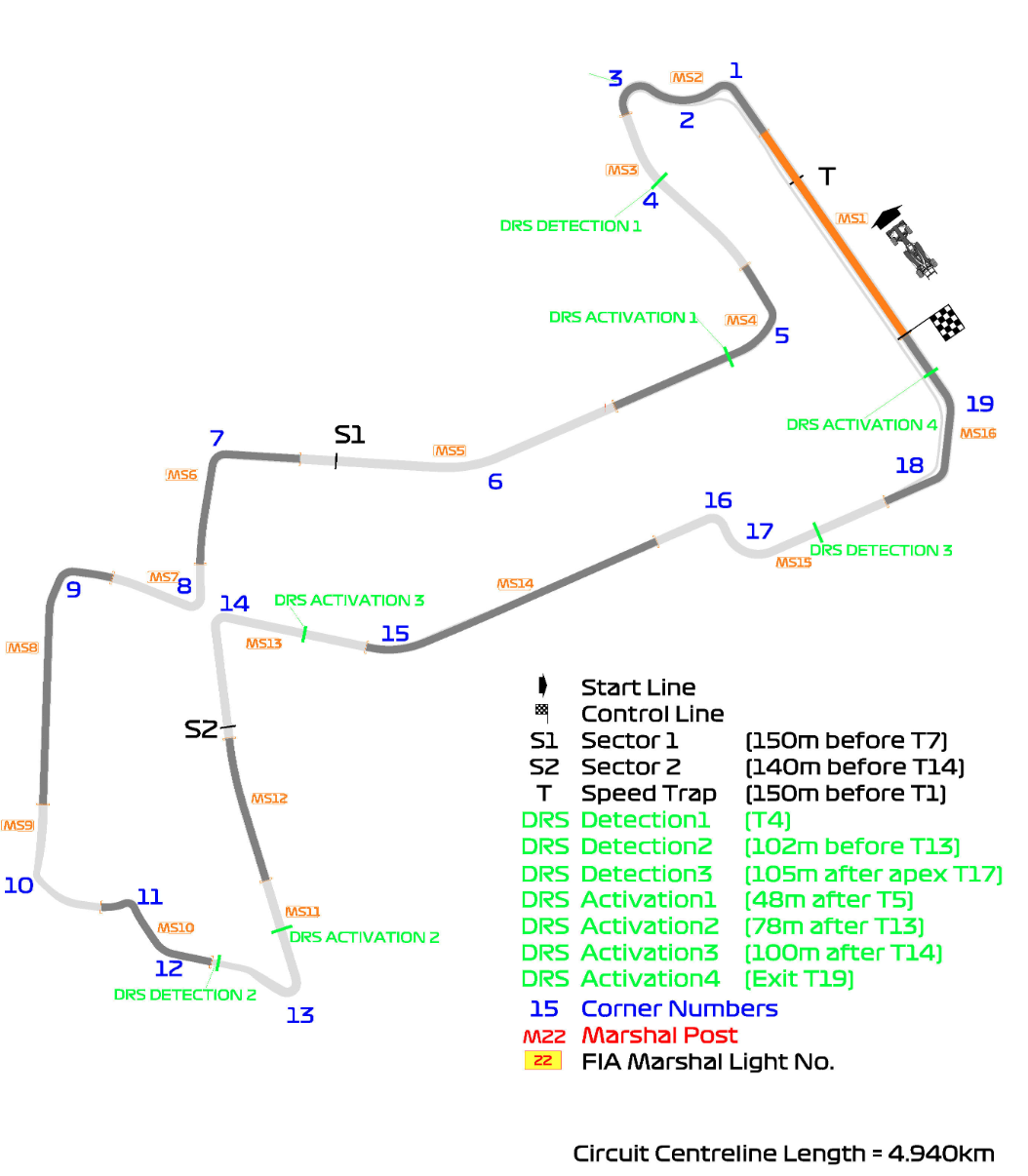 Photo via FIA
Photo via FIA
Rain
Nothing is more predictable in Singapore than rain.
While heavy rain might result in a race delay or suspension, a light drizzle will make Marina Bay's already-slippery track even more slick.
Pirelli provides 'Intermediate' and 'Wet' tyres for such occasions, which have grooves in them to improve grip.
However, when the track dries, drivers will need to make the switch from wet tires to dry ones.
The timing of the pitstop is crucial. If a driver switches tyres too early, he might eventually lose more time driving on a slippery and cold track. Even worse, he might have to switch back to wet tyres if the track doesn't dry in time.
You can think of it as wearing smooth-soled shoes on wet ground versus running shoes with grip.
Drivers will need to be careful to drive on drier parts of the track, and try not to slip off and end up in the barriers.
According to the National Environment Agency, thundery showers are expected on Saturday and Sunday afternoons.
Top photo via Singapore GP Pte Ltd
MORE STORIES







